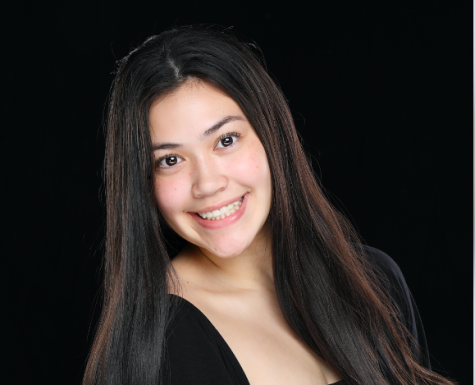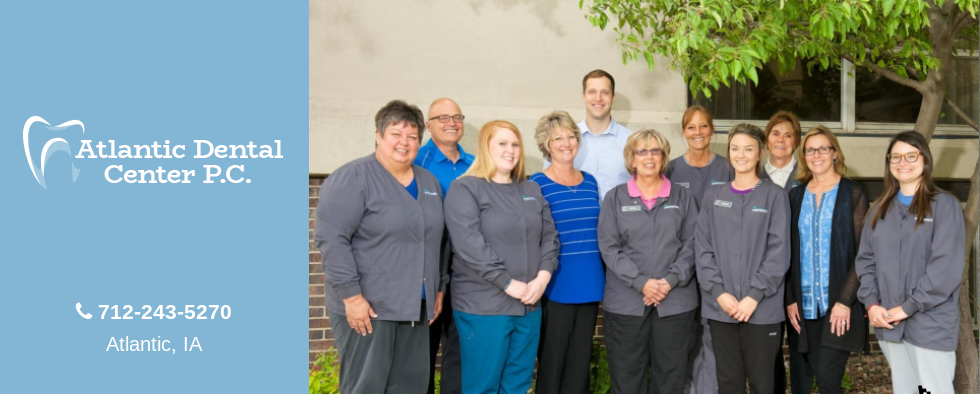Supporting the BLM Movement
Schools and communities have been finding ways to support the Black Lives Matter movement in response to injustice across the country.
In the Atlantic Community School District, there are 13 different non-discriminatory categories. Superintendent Steve Barber said, “As a school system, we look at ways to provide everyone an opportunity to succeed.”
October 22, 2020
On May 25 at 9:42 p.m., George Floyd was killed in police custody. After being accused of trying to pay for cigarettes with a counterfeit $20 bill, the authorities were called by a Cup Foods employee who was following protocol.
Floyd’s death sparked an outbreak of protests seeking justice and demanding an end to systemic racism. It also drew attention to other cases in which people of color died at the hands of police brutality.
Across the country, people of many different communities have been doing their best to stand with the movement to show their solidarity. Roosevelt High School of Des Moines, Iowa, has a group called Community of Racial Equity for advancement (C.O.R.E.). According to Des Moines Public Schools, C.O.R.E. is a student-led-group group for students of color pursuing college-level courses. Recently, the group has worked with organizations like The Black Liberation Movement, Please Pass the Love, and Showing Up for Racial Justice. They’ve also presented at the White Privilege Conference, White Privilege Symposium, and Civil and Human Rights Symposium. Educator Petra Lange and Roosevelt High School student Samm Yu are active members of C.O.R.E.
Yu is a senior at Roosevelt High School. Unable to attend protests over the summer due to her family being at high-risk for COVID-19, she felt she couldn’t do enough for the movement. That’s when she decided to get involved in her community, starting with writing letters to all levels of the government to share her beliefs and concerns. Yu said that even if she did all she could, it wouldn’t matter unless others helped to make a change. “That has been a very big roadblock for me.”
The AHS Needle staff met with Lange and Yu over Zoom to learn how our school can support not only the Black Lives Matter movement, but also people of color. Lange said that one of the most important things is for white people to find ways to be educated on racial inequality. “People of color have to learn about racism very early, while white people tend not to be taught about it until much later,” said Lange.
When speaking about her learning curve on racism and anti-racism, Lange said, “It’s like I’m trying to do math, and people of color are already doing calculus.”
Another responsibility is to “always be acting.” Lange said, “It’s always about learning, and then doing a thing.” As for inequality in the school system, Lange explained, “When we see inequities in graduation rates, special education, etc., it shows gross inequity with students of color. Our job as public school teachers is to educate students of every color.”
Yu said the biggest thing to help is listening to people of color. “Listen to what students actually want,” said Yu. With the added stress of being a person of color under the political climate is difficult when enrolled in a predominantly white school. “Going to predominantly white schools feels like a game of survival.”
For schools everywhere, and of all grades are finding ways to promote the BLM movement and how they can help.
Superintendent Steve Barber talked about his and the school’s stance on the movement. “As a school system, we look at ways to provide everyone an opportunity to succeed.” As far as the school taking action towards the BLM movement, they stated that they do not tolerate racism or other forms of discrimination and will take action accordingly. In the ACSD, there are 13 different non-discriminatory categories that “we ensure are not discriminated against,” in which race and color both fall under those 13 categories.










